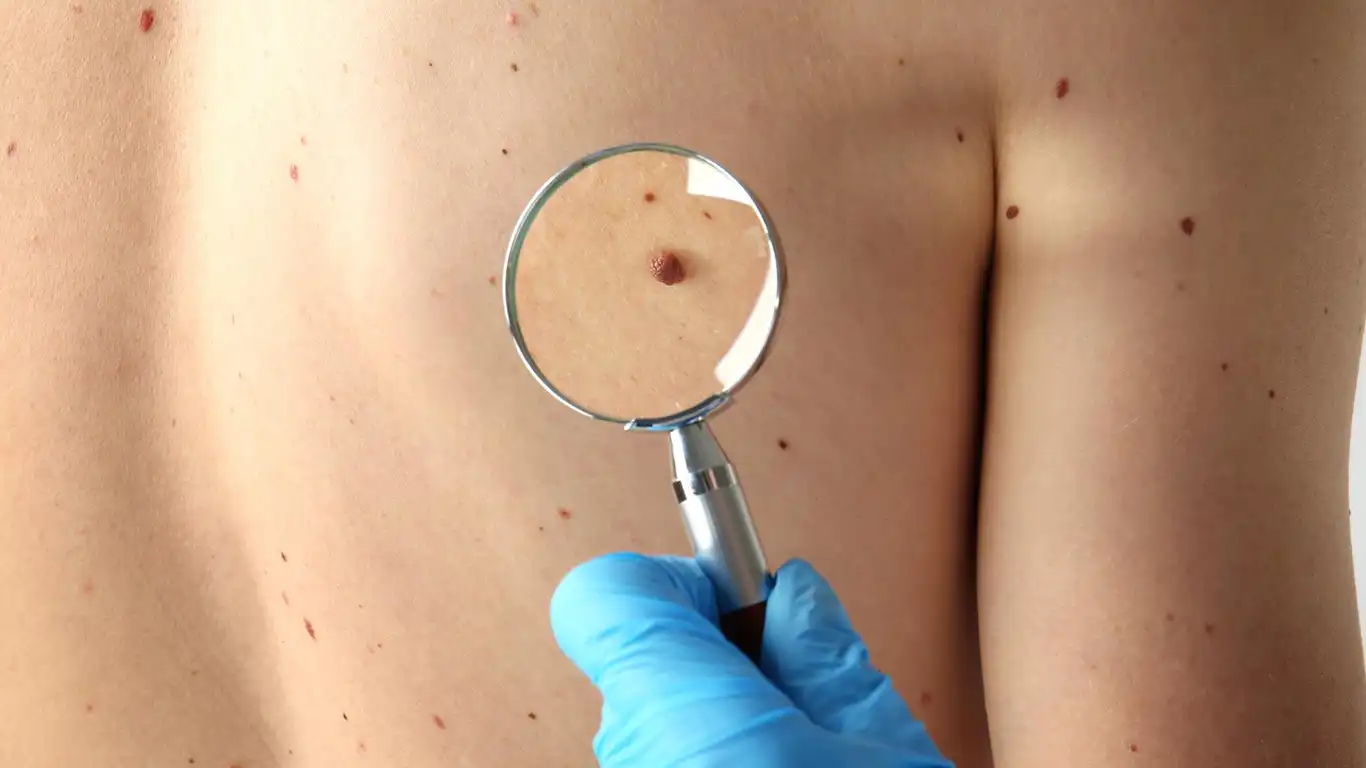Moles are clusters of pigmented skin cells (melanocytes) that appear as small, dark spots. They are common and mostly harmless but should be monitored for any changes.
Common Types
- Congenital Moles – Present since birth
- Acquired Moles – Appear over time, often due to sun exposure
- Atypical Moles (Dysplastic Nevi) – Irregular in shape or color, may require a biopsy
- Based on Skin Layer Depth – Intradermal, Junctional, and Compound Nevi
When to Be Concerned – The ABCDE Rule
Use this guide to screen for melanoma (skin cancer):
- A – Asymmetry
- B – Border irregularity
- C – Color variation
- D – Diameter greater than 6mm
- E – Evolving (changes in size, shape, or color)
Annual mole checks are recommended, especially for patients with multiple or unusual moles.
Diagnosis at Cutis Care
- Dermatoscopy – A handheld device that magnifies mole structures
- Photography Monitoring – For high-risk or changing moles
- Biopsy / Histopathology – If a mole appears suspicious
Mole Removal Options at Cutis Care
Mole removal may be recommended for:
- Cosmetic reasons
- Suspicion of malignancy
- Discomfort or irritation (e.g., from shaving)
Treatment Methods:
- Shave Excision – For superficial moles
- Punch Biopsy / Excision – Full-thickness removal
- Electrocautery – Burns off small, raised moles
- Laser Removal – For flat pigmented moles (if benign)
- Cryotherapy – Rarely used, suitable for select cases
Histopathology is advised for all removed moles that are raised, irregular, or newly developed.
Post-Treatment Care & Advice
- Avoid sun exposure on the treated area
- Keep the area clean and dry
- Apply prescribed healing ointments
- Watch for signs of infection


